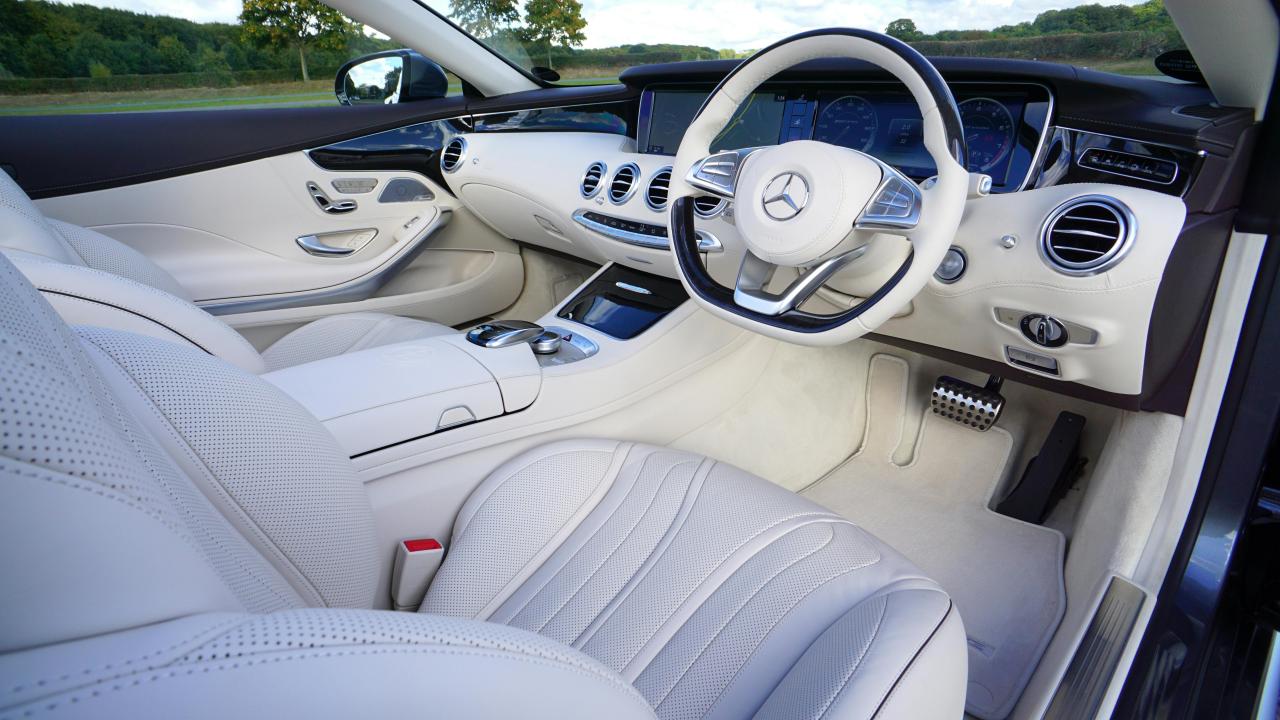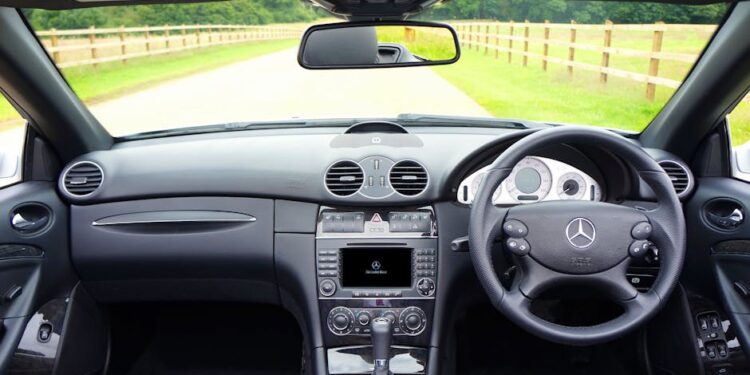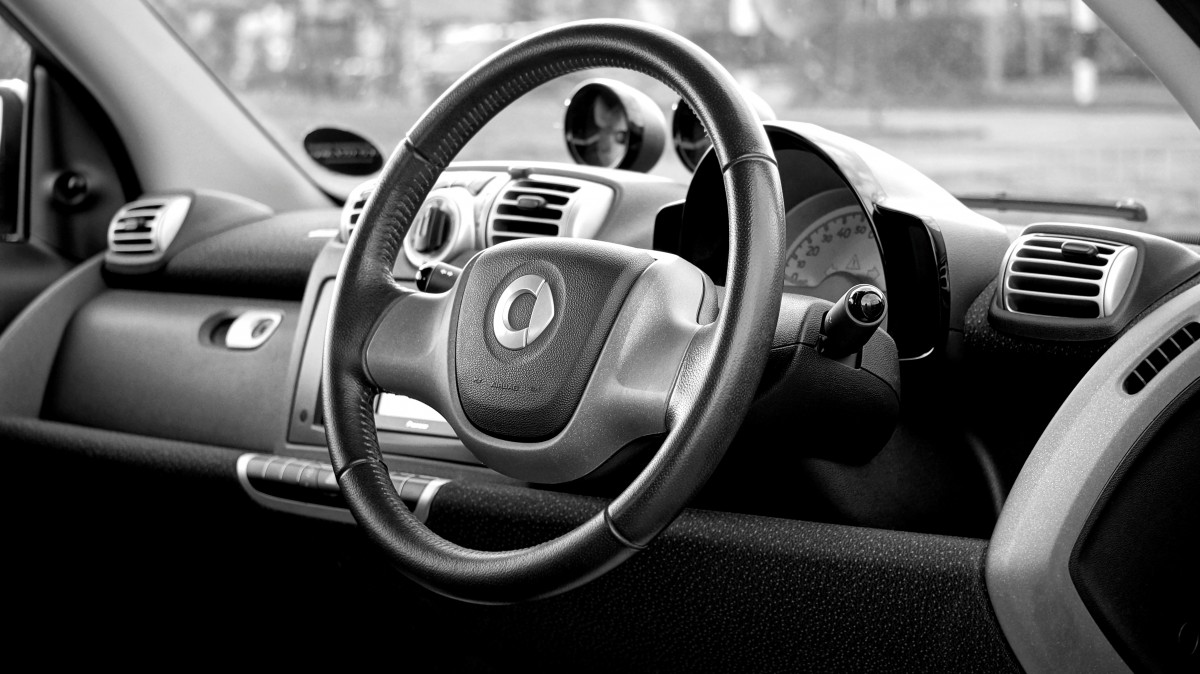Introduction: The Core Decision in Vehicle Acquisition
For consumers seeking a new vehicle, the choice extends far beyond selecting the right make, model, and color. The core decision lies in determining the most financially advantageous method of acquisition: Leasing or Buying.
This choice is not merely a matter of personal preference; it dictates the borrower’s long-term financial commitment, monthly budget strain, equity accumulation potential, and exposure to maintenance risks. The traditional route of outright purchasing, often financed through an auto loan, appeals to those who prioritize ownership, long-term asset building, and the freedom to drive without mileage restrictions. However, this path also involves accepting the full brunt of vehicle depreciation and long-term maintenance costs.
Leasing, conversely, offers a form of long-term rental that provides lower monthly payments and the appeal of driving a new car every few years. This comes with the benefit of continuous factory warranty coverage. This option is highly attractive to drivers who value predictable costs and consistent access to the latest automotive technology and safety features.
Misunderstanding the fundamental differences between these two models—particularly concerning actual ownership, depreciation exposure, and end-of-term obligations—is the single biggest mistake a consumer can make. Selecting the wrong financing structure can lead to unnecessary fees, higher lifetime costs, or a financial plan misaligned with the driver’s lifestyle and usage habits.
Successfully making this pivotal financial decision requires moving beyond monthly payment sticker shock and adopting a holistic view of the total cost of ownership over a typical six-to-eight-year period. This comprehensive guide will meticulously dissect the fundamental financial, legal, and operational differences between leasing and buying. We will analyze the core financial drivers of each option, explore the specific driver profiles best suited for each path, and provide a clear framework for calculating the often-hidden costs, ensuring you select the vehicle acquisition method that perfectly optimizes your budget and financial future.
Part I: Deconstructing the Financial Models

Leasing and buying represent two fundamentally different ways of paying for a vehicle, rooted in the concepts of asset ownership and borrowing.
A. Buying (Financing) – The Ownership Model
When you buy a car, even with a loan, you are acquiring an asset. The loan facilitates the purchase, and you own the vehicle outright once the loan is repaid.
- Equity and Asset Building: Every principal payment you make builds equity in the vehicle. The car is listed as an asset on your personal balance sheet.
- Accepting Depreciation: The borrower assumes the entire financial burden of depreciation. The moment the car is driven off the lot, the owner immediately absorbs the largest drop in value.
- Loan Structure: The loan payment is calculated based on the full purchase price of the vehicle, plus interest, over a fixed term (e.g., 60 or 72 months). The cost is largely determined by the borrower’s credit score.
- Flexibility: The owner has no mileage restrictions and is free to customize or sell the vehicle at any time.
B. Leasing – The Rental Model
Leasing is a form of financing based on the vehicle’s expected loss of value (depreciation) over the term of the lease.
- Paying for Depreciation: The monthly lease payment is calculated based on the difference between the car’s initial capital cost and its estimated residual value (what the car will be worth at the end of the lease). You are essentially paying for the portion of the vehicle you “use up.”
- Residual Value: This is the pre-determined value of the car at the end of the lease term (e.g., 36 months). It is a non-negotiable figure set by the leasing company.
- Lower Payments: Because the payment covers only depreciation plus finance charges (money factor), not the full cost of the car, monthly payments are significantly lower than loan payments for the same vehicle.
- Restrictions: The lease contract imposes strict limits on annual mileage and requires the vehicle to be returned in excellent condition, subject to wear-and-tear fees.
Part II: Cost Comparison: Monthly Payments vs. Long-Term Cost

The initial perception that leasing is cheaper due to lower monthly payments often obscures the higher total cost associated with perpetual leasing.
A. Monthly Cash Flow Analysis
For identical vehicles, leasing provides clear, immediate cash flow advantages.
- Lower Outflow: A lease payment is typically 30% to 60% lower than the monthly payment on a 60-month or 72-month loan for the same car. This is highly beneficial for budget-sensitive drivers.
- Fewer Upfront Costs: Leasing often requires less cash upfront compared to buying, which typically demands a substantial down payment, plus sales tax and fees.
B. Long-Term Total Cost of Ownership
When analyzed over a 6-to-8-year period, the long-term cost comparison shifts dramatically.
- The Buying Advantage: After the auto loan is paid off (e.g., after 5 years), the owner continues to drive the vehicle for free (minus maintenance). This period of zero payments provides significant long-term savings.
- The Perpetual Lease Cost: A lessee must continuously take out a new lease every three years. The “long-term cost” is the sum of all monthly lease payments, disposition fees, and new fees every time a new lease is signed. The lessee never experiences a period of zero car payments.
- Equity Loss: The biggest cost of leasing is the zero equity accumulation. At the end of the lease, the borrower owns nothing and must start a new financial cycle. The buyer, conversely, owns an asset that can be sold for cash or traded in.
C. Depreciation Risk Exposure
The structure of the payment determines who absorbs the risk of unexpected loss in value.
- Buyer Risk: The buyer assumes all depreciation risk. If the vehicle is involved in an accident or the model falls drastically out of favor, the owner absorbs the entire loss.
- Leasing Company Risk: The leasing company assumes the risk of the residual value being lower than initially projected. The lessee only pays for the pre-determined depreciation written into the contract.
Part III: Matching the Choice to Your Driver Profile
The ideal choice depends heavily on the individual’s lifestyle, financial stability, and priorities.
A. Who Should Buy (The Owner Profile)
Buying is best suited for drivers who prioritize asset ownership and driving freedom.
- Long-Term Keepers: Individuals who plan to keep the vehicle for more than five to seven years will maximize the financial benefit of the zero-payment period after the loan is repaid.
- High-Mileage Drivers: Drivers who exceed 15,000 miles per year should buy. Leasing imposes severe over-mileage penalties, often costing $0.15 to $0.30 per mile over the limit.
- Customization Enthusiasts: Owners who want the freedom to customize, modify, or sell their vehicle without penalty must buy, as leases strictly forbid significant alterations.
- High Risk Tolerance: Buyers must be comfortable with the volatility of the used car market and the potential cost of post-warranty maintenance.
B. Who Should Lease (The User Profile)
Leasing is best suited for those who treat a car as a necessary, consumable service with predictable monthly costs.
- Short-Term Drivers: Individuals who enjoy driving a new car every two to three years and prioritize continuous access to the latest technology and factory warranties should lease.
- Low-Mileage Drivers: Drivers who consistently drive less than 12,000 miles per year fit perfectly within lease restrictions and avoid the high early depreciation associated with buying.
- Business Users: Business owners who can deduct lease payments as a business expense often find leasing more financially advantageous than outright purchase.
- Budget Certainty: Lessees value predictable, fixed monthly costs. They avoid unexpected maintenance bills because the vehicle is continuously covered by the manufacturer’s warranty.
Part IV: Hidden Costs and Pitfalls to Avoid
Both leasing and buying have potential hidden costs that must be scrutinized before signing a contract.
A. Hidden Costs of Buying
The buyer must account for costs that accrue after the warranty expires.
- Depreciation Loss: The buyer must accurately calculate the true cost of depreciation. In the first three years, the car can lose 40% to 50% of its value.
- Post-Warranty Repairs: Once the factory warranty expires (typically 3 years/36,000 miles), the owner assumes 100% of the cost of all major mechanical failures (e.g., transmission, engine repair). This is why a fully funded emergency fund is essential for buyers.
B. Hidden Costs of Leasing (The Penalty Traps)
Leases involve several punitive fees at the end of the term that can erase the savings from low monthly payments.
- Disposition Fee: A mandatory fee (often $350 to $595) charged by the leasing company when the vehicle is returned, regardless of its condition.
- Excessive Wear and Tear: Lessees are charged for damage deemed beyond “normal wear and tear” (e.g., deep scratches, dents, excessive interior damage). These fees can be substantial.
- Early Termination Penalties: Breaking a lease contract early is prohibitively expensive. The penalty can often equal the sum of all remaining payments plus additional fees, resulting in a severe financial loss.
- The Money Factor: This is the finance charge applied to the lease, which is essentially the interest rate. It is often disguised as a complex number (e.g., 0.0025) and must be converted to an APR to accurately compare it with auto loan rates.
C. The Insurance Requirement
Both options mandate comprehensive insurance, but the required coverage level can differ.
- Lease Coverage: Leasing companies typically require higher liability coverage limits and a lower deductible than what the owner might choose for a purchased vehicle. This increases the monthly insurance premium.
- GAP Insurance: Leases almost always include or require GAP (Guaranteed Asset Protection) insurance. This covers the difference between the car’s market value and the remaining lease balance if the car is totaled, which is vital because the car’s depreciation often outpaces the principal reduction early on.
Conclusion: Total Cost of Ownership Analysis
The choice between leasing and buying requires a detailed analysis of the total cost of vehicle acquisition relative to personal usage patterns. Leasing offers the undeniable benefit of significantly lower monthly payments and constant warranty coverage, making it ideal for low-mileage drivers who prioritize budget certainty and frequent vehicle upgrades.
However, leasing incurs substantial long-term costs through perpetual payments and end-of-term fees, yielding zero equity for the driver. Conversely, buying demands higher monthly payments initially and exposes the owner to the full risk of depreciation and post-warranty repairs, yet it provides the financial reward of eventual asset ownership and years of payment-free driving.
Ultimately, the financially savvy decision rests on projecting the total outlay over a 6-to-8-year horizon and matching that cost profile to the driver’s lifestyle and risk tolerance, ensuring the chosen path maximizes financial return.













